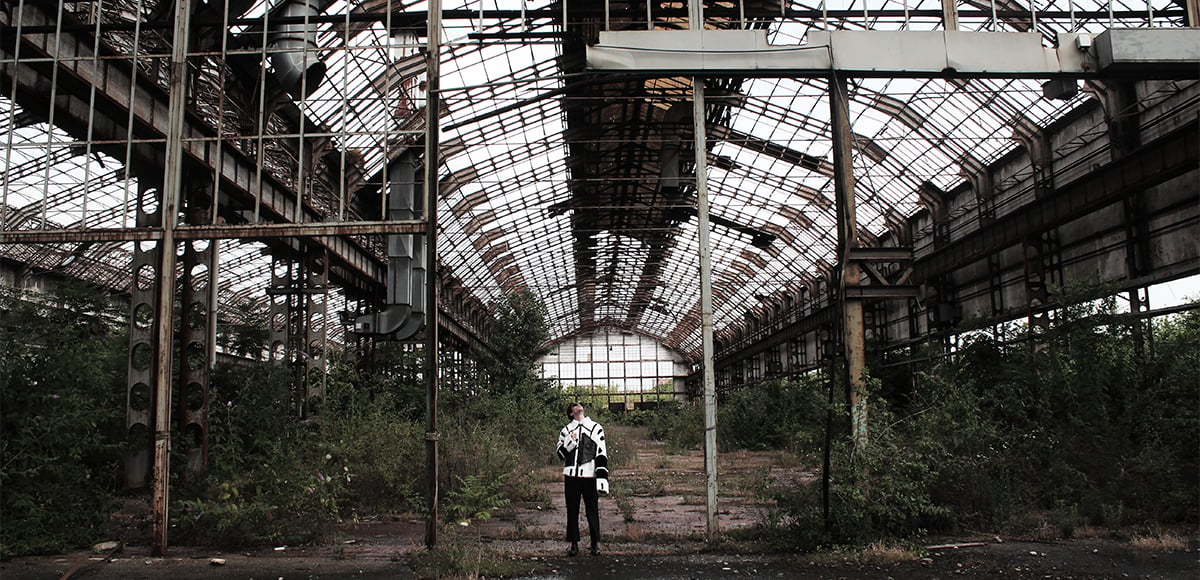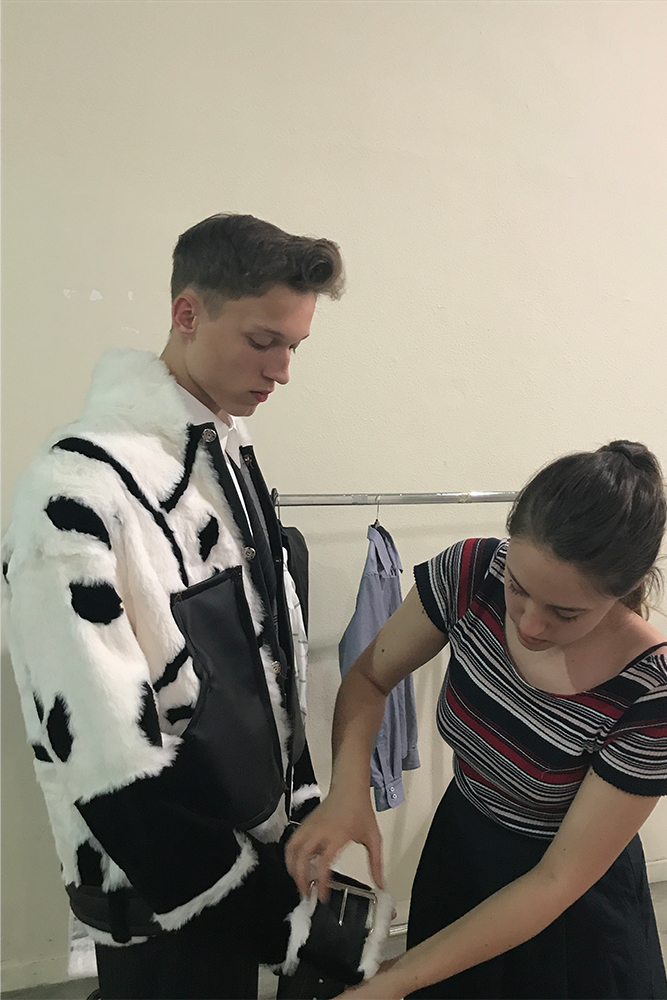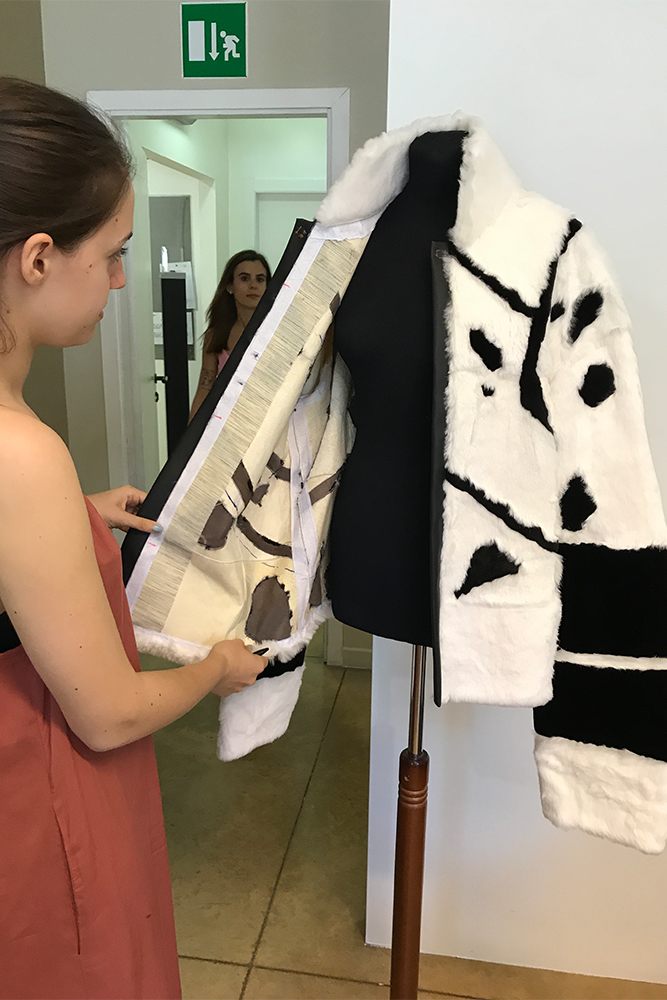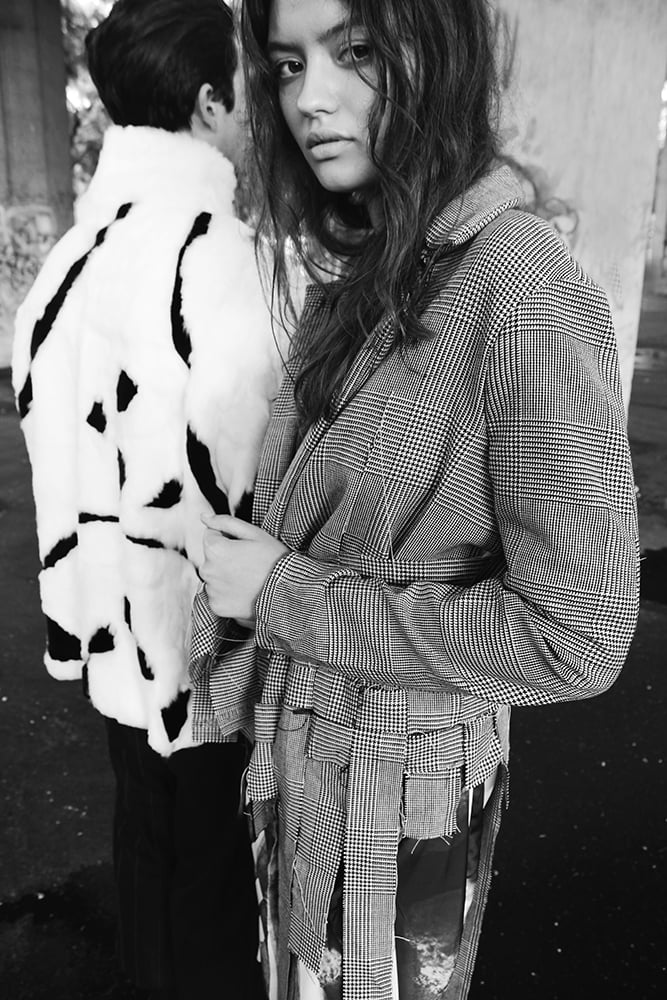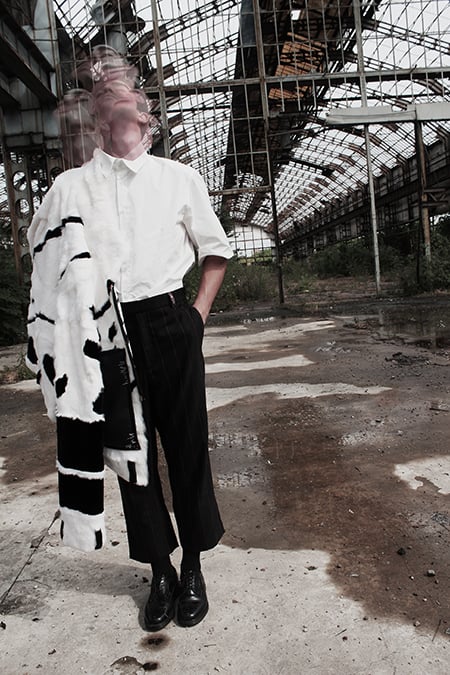
And the sky was watching that superb cadaver
Blossom like a flower.
So frightful was the stench that you believed
You’d faint away upon the grass.
The blow-flies were buzzing round that putrid belly,
From which came forth black battalions
Of maggots, which oozed out like a heavy liquid
All along those living tatters.
— And yet you will be like this corruption,
Like this horrible infection,
Star of my eyes, sunlight of my being,
You, my angel and my passion!
Yes! thus will you be, queen of the Graces,
After the last sacraments,
When you go beneath grass and luxuriant flowers,
To molder among the bones of the dead.
Powerful and incisive words are used by Baudelaire. His verses are as strong as delicate and romantic, his ability to picture such a rough imagery within the poem, momentarily distracts us from their real meaning.
It is a reflection on life and its precariousness, on the metamorphosis that we all accomplish at the end of our path and the indifference of death.
Before having attended the course of Fashion Design at the European Institute of Design in Milan, I have studied at the School of Art. Thanks to this previous artistic formation, I have had the opportunity to explore and admire all the beauty that human creativity gave birth to during the ages.
Fashion was a true revelation. It represents the union between my two greatest passions: drawing and art, whilst being a source of personal satisfaction.
Drawing clothes truly gives me the possibility to express how I feel, to rethink trends and topics of the society in which we live from a personal point of view.
Being part of the so-called Millennials – a generation characterized by familiarity with communication, media and digital technology – optimism, ambition, tolerance, initiative and competitiveness but also stubbornness and narcissism are familiar concepts.
All the aforementioned factors inevitably lead to a sense of dissatisfaction, maybe due to the age in which we were born and live, that constantly forces us to cohabit with a sense of frustration and unhappiness.
This sense of ineptitude is clearly highlighted in many contemporary movies, on the Internet, and it may appear, maybe involuntarily, in my collection.
Is it possible to appreciate and be attracted by what previously inspired us a sense of disgust and repulsion? This is my question.
It is a rather unusual and intense theme, as the words of the damned poet, as coarse and real is the need to communicate and change something.
My collection pivots around two main points: the coexistence of two opposing elements in a single space and the change of an opinion regarding an element, which was first considered disturbing but then ended in being appreciated.
Among different artists and philosophers, I took into consideration one film to demonstrate these two aspects, “The silence of the Lambs” by Jonathan Demme.
In this chapter of the saga about a cruel serial killer the above mentioned points are present in the characters of Hannibal Lecter and Clarice Starling.
Hannibal, former psychiatrist and criminologist, is endowed with an extraordinary intelligence and an old-fashioned elegance. However, he has a fetish for human meat.
Cannibalism and the innumerable murders are not committed by a brutal beast, but rather by a gentleman who tastes his meal combined with a good glass of wine, and who creates scenes of crime which recall Renaissance paintings.
Two battling souls which reside harmoniously in a single character.
On the other side, through the character of Clarice Starling we witness the transformation of an original idea.
Clarice, a young FBI recruit, is supposed to investigate on the mass murderer, named “Buffalo Bill” by the press. To find the killer, following the suggestions of police officer Crawford, the investigator has to rely on the precious evidences revealed by doctor Lecter.
During their meeting an effective metamorphosis occurs: this progressively leads Clarice to feel a sense of attraction towards Hannibal, previously considered a dangerous criminal.
The dualism and coexistence of two opposing aspects and the “metamorphosis” of the idea are the main points I state in my collection.
It has been hard to think about a disgusting and disturbing element which could be associated to a rich and fine article of clothing, like fur.

The first approach I had with this world occurred during my last university year, thanks to the Fur workshop, a class with the aim of introducing students to the wide world which surrounds this noble material, with a focus on all the steps of production.
During this course I have had the opportunity to come into contact with the International Fur Federation and the multiple shades with which the creativity of young designers and prominent brands reproduce on the fur.
At the end of the course we were offered the possibility to receive a scholarship, promoted by IFF, which would have allowed the realization of a fur model, to be presented alongside with our thesis collection during the IED Graduate Fashion Show 2016-2017.
I was fully aware of the strength of the theme proposed in my application, as I was aware of the risk of not being understood. Despite this, I had to trust my instinct, the same that led me to the award ceremony.
The item I designed following the previously explained thinking process, corresponds to a piece of common use, the classic men’s bomber, which at the same time shocks the term “classic”: the irregular length of sleeves, the position of the frontal pocket made with embroidered leather, the black applications contrasting with the underlying pure white, result in an unusual final product.
All these elements, if analyzed singularly, may be “disturbing” and inappropriate (surely not as much as Baudelaire’s les mouches de la carogne) but if viewed as a whole they are harmonically balanced .
Through the realization of this piece, I want to transmit the sense of transformation which happens inside us or inside the spectator, a change of personality and thought which allows the fight against obsolete prejudices and ideologies that underlie common thought.





